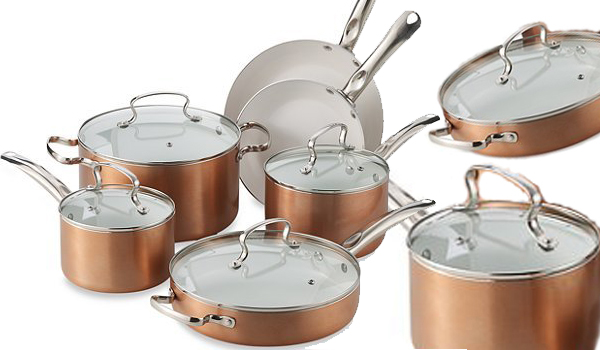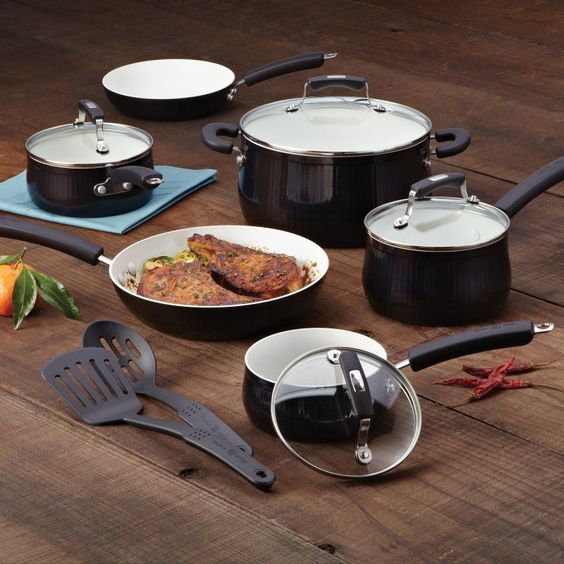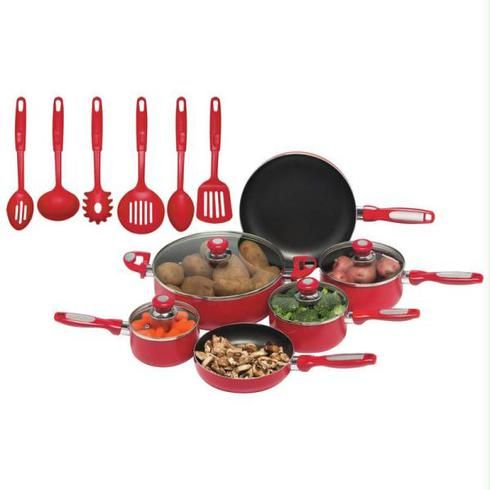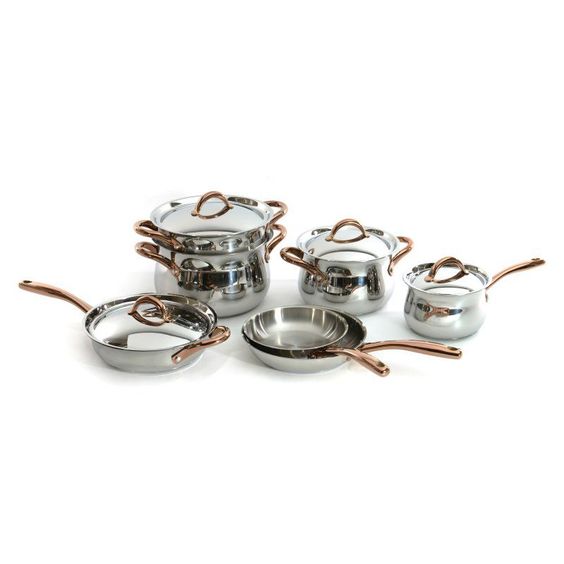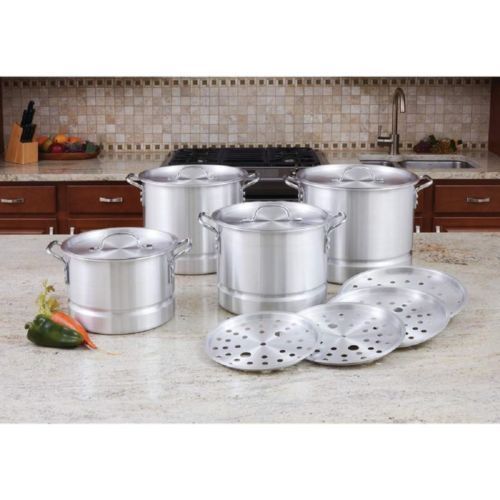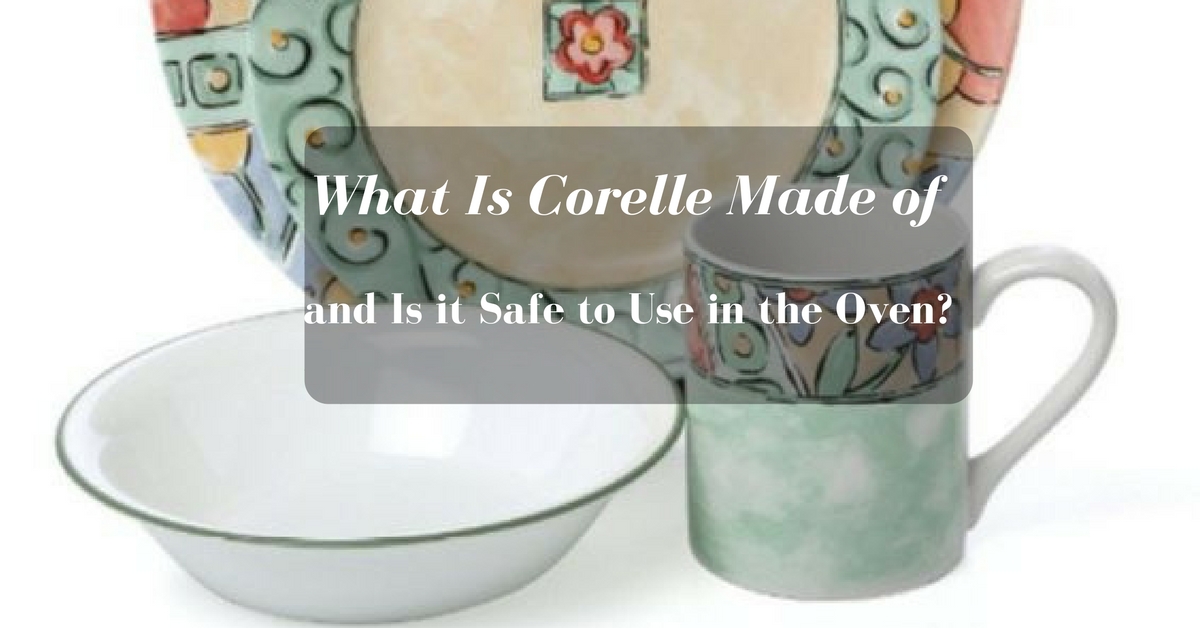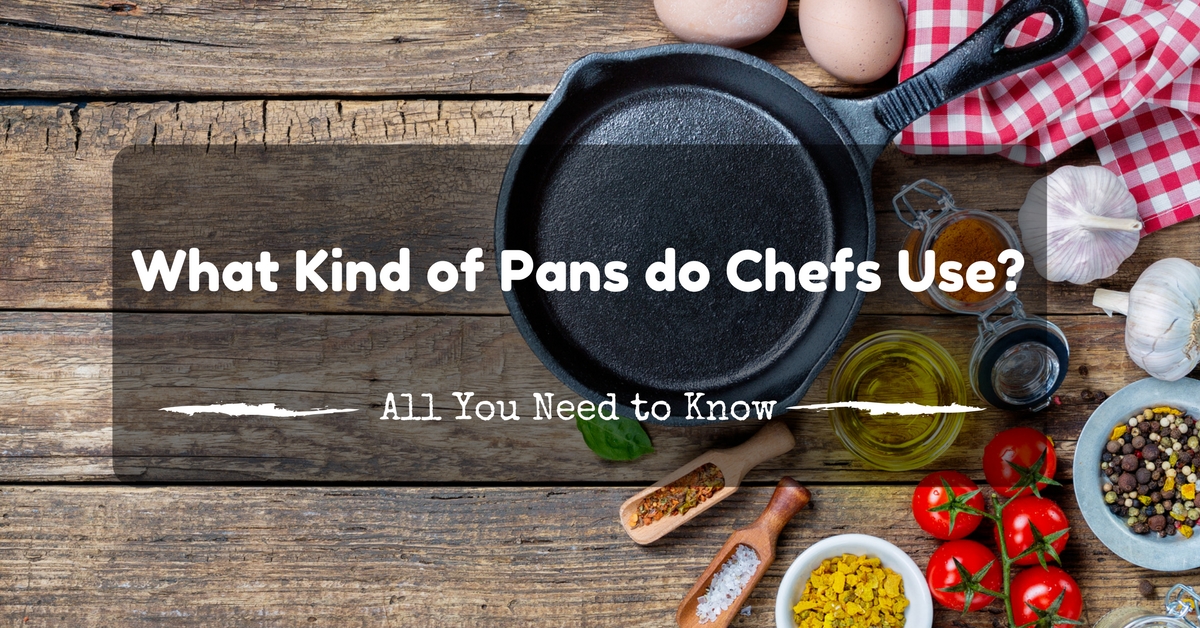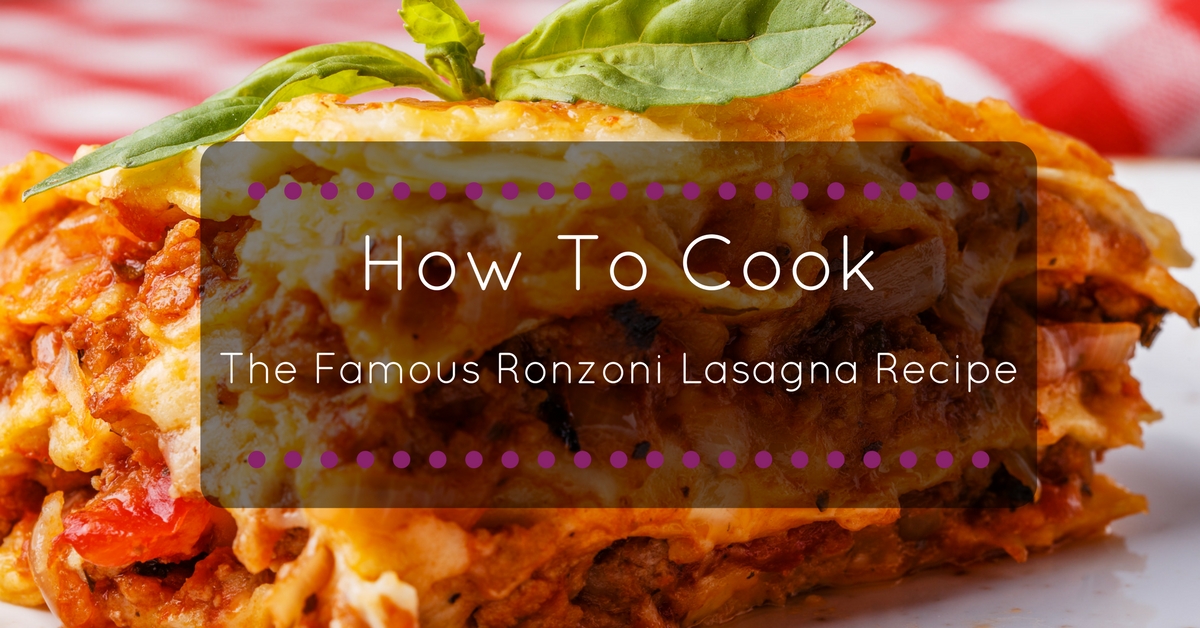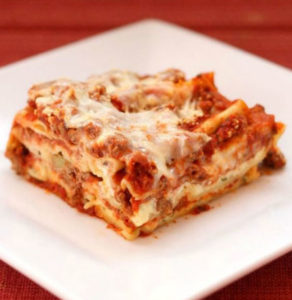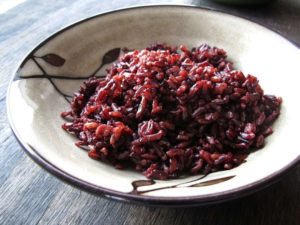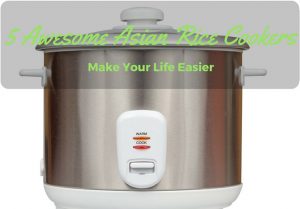When buying a cookware, you will probably notice different types of metals used. Some cookware is made of stainless steel, cast iron, copper, and aluminum. Aluminum is one of the most popular metals for pans and pots. However, when it comes to safety, some people are skeptical about using it. There are numerous reasons why people avoid using it. In here, you will know what “food grade aluminum” means and other facts about aluminum.
More...
What Is Food Grade Aluminum?
Generally, this term does not exist. It was just formulated about the 1100 aluminum. It is not a terminology used neither in the metal industry nor any recognized sects and organizations. However, this does not necessarily mean that 1100 aluminum is unsafe, but it just tells us that “food safe” aluminum is inexistent. In short, this is a term used to circumvent people to believe that a product is better than the other product.
Though “food grade” aluminum does not exist, be it known that all aluminum is safe. However, some aluminum contains a small amount of lead. The commercial purity aluminum provides a trace of lead while 0.5 percent of it is mixed with bismuth in certain alloys. This is in order to enhance the machinability of the element. Some alloys do not have the lead but they have either manganese or magnesium. This is added for strength, firmness, and durability of the product.
Food Grade Aluminum and Your Health
Everyone must have heard about acquiring Alzheimer’s disease upon exposure to aluminum. For instance, drinking from aluminum cans or cooking using aluminum pans and pots can contribute to the disease. That’s a myth. In fact, studies did not show the relation between Alzheimer’s and aluminum.
The research included the daily sources of aluminum from antacids, antiperspirants, and beverage cans to pots and pans. The study was not scientifically proven which means aluminum is safe. It is as safe as how long you are wearing an aluminum bracelet without posing any threat of chemical absorption in your dermal layers.
Aluminum cookware isn't venturous to your health. Neither is there any proof that it causes Alzheimer's disease. It’s true that the brains of individuals who have had Alzheimer's disease have the presence of the next concentration of aluminum within the autopsied tissue. This is more evident compared to those who do not have the disease. The explanation for this higher aluminum concentration isn't identified at this point.
One thing happens within the sickness method that causes aluminum present within the body to be targeted within the brain tissue. Brain lesions characteristic of Alzheimer's disease is quite entirely different from those seen in metal toxicity. The first result of aluminum toxicity is a motor pathology. Refined psychological feature changes characterize Alzheimer's disease.
The element will be worn from the cooking utensil if acidic foods are barbecued or kept in them for many hours or days. Thus, it’s best not to store acid foods in aluminum or alternative metal containers for extended periods of time.
What You Need to Know About Aluminum Grade
Aluminum comes in various grades and shapes. When choosing the type of aluminum grade, consider how you plan to use it. This will enable you to classify the aluminum grade from least to most important. This way, your choices will be narrowed down to the most satisfactory grades. You have to know exactly what you need in order to get the most fitted quality for your usage.
Aluminum is the second most common food grade metal you will see. It’s less costly than the stainless steel. Yet, it is also more delicate and ready to stand up to less abuse. This metal is employed for its light weight, cheapness, and rust resistance. It is valued in cooking utensil with its heating pace.
The metal accustomed build edifice instrumentation is alloyed with alternative components to provide it strength and sturdiness just like the stainless steel. There are 3 primary forms of metal accustomed build pile instrumentation and room provides, each of which incorporates the addition of iron, manganese, copper, and silicon. The chances present in these components verify the physical properties of the aluminum grade.
- 1100 aluminum is the most delicate type you will find in food service. The texture makes it simple shape. However, it leaves the fabric susceptible to denting, warping, and scratching.
- In 3003 aluminum, the higher concentration of manganese makes it more long-lasting, sturdier, and ideal for the medium-duty cooking utensil.
- 3004 aluminum is the heaviest-duty metal employed in food service. It is created with a minimum of 1 percent manganese and concerning the maximum amount magnesium, that any bolsters the metal's strength.
Aluminum Applications
Aluminum is usually used for exterior elements of apparatus that are not exposed to abuse, as the edges and backs. This metal will be finished to match close stainless steel for a homogenous look. The economy cooking utensil is created from aluminum for its cheap price, light weight, and skill to heat quickly and equally. Additionally, aluminum is mixed with ceramic to form china. Aluminum makes chinaware stronger, allowing it to be created terribly skinny yet unbreakable.
Anodized aluminum is finished with a method that congeals and toughens its passivation layer which makes it more corrosion-resistant and generally giving it a drum sander finish. That method is usually in the middle of a step to dye the surface of the metal to feature ornamental refulgence. Another advantage to aluminum is that, if the passivation layer is each broken, it'll bite by bit make itself.
Tips in Cleaning Aluminum Cookware
Here are effective ways on what you should do to care for your aluminum:
- Use acidic products like lemon juice, vinegar, and cream of tartar to get rid of stains on each surface of the aluminum.
- Do not use abrasive and metal brushes which will scratch soft aluminum and build a rough surface where food can stick to.
- Do not expose the aluminum cookware to salt and chemicals with chlorine. This can cause the pitting of the metal.
Food Grade Aluminum in Summary
To sum it all up, “food grade aluminum” is not a recognized terminology. Aluminum is safe and unhazardous. While some aluminum has a small trace of lead, some of it does not have which is often used in most cookware. This element does not have clinical relations with Alzheimer’s disease. Furthermore, some medicines have aluminum which is safe and nontoxic to take in daily.

